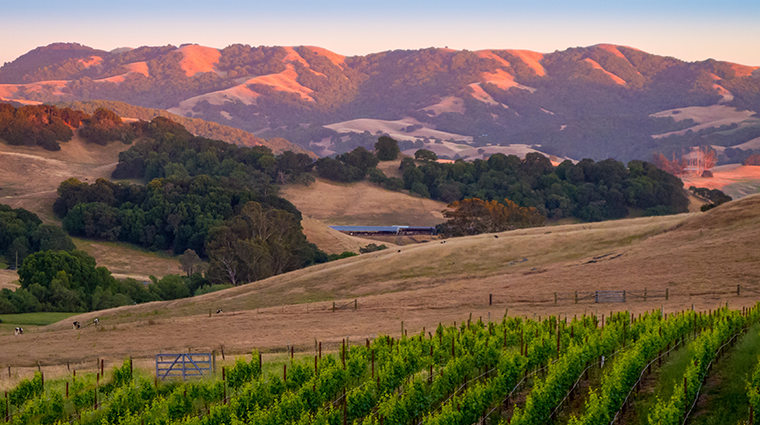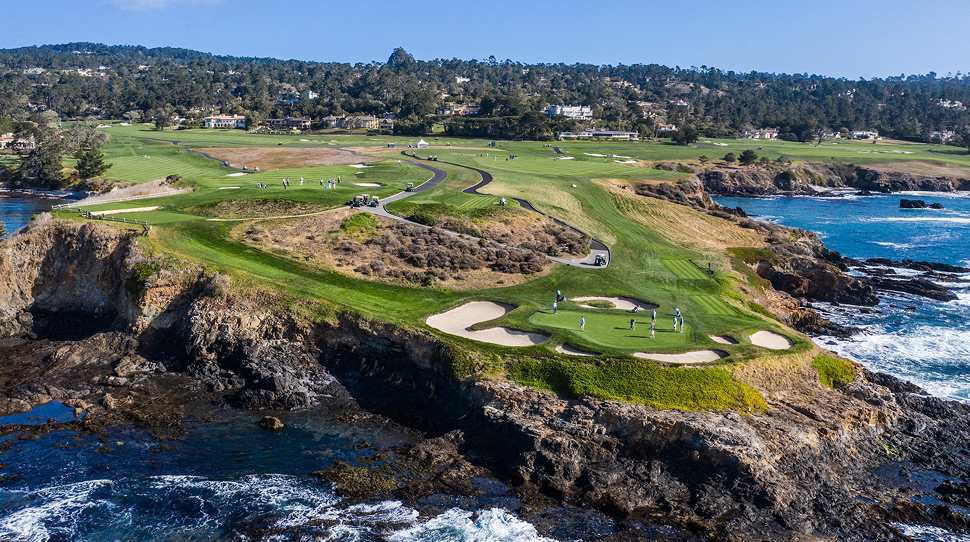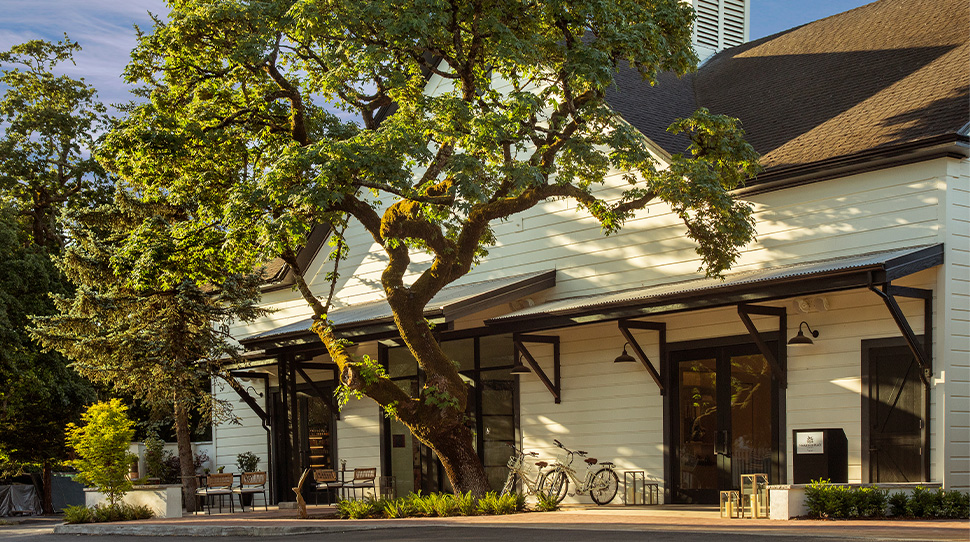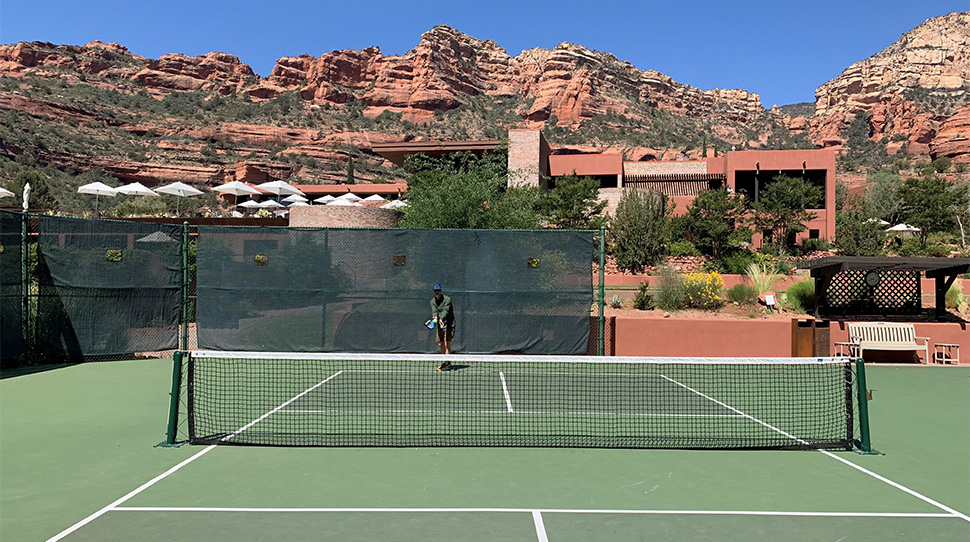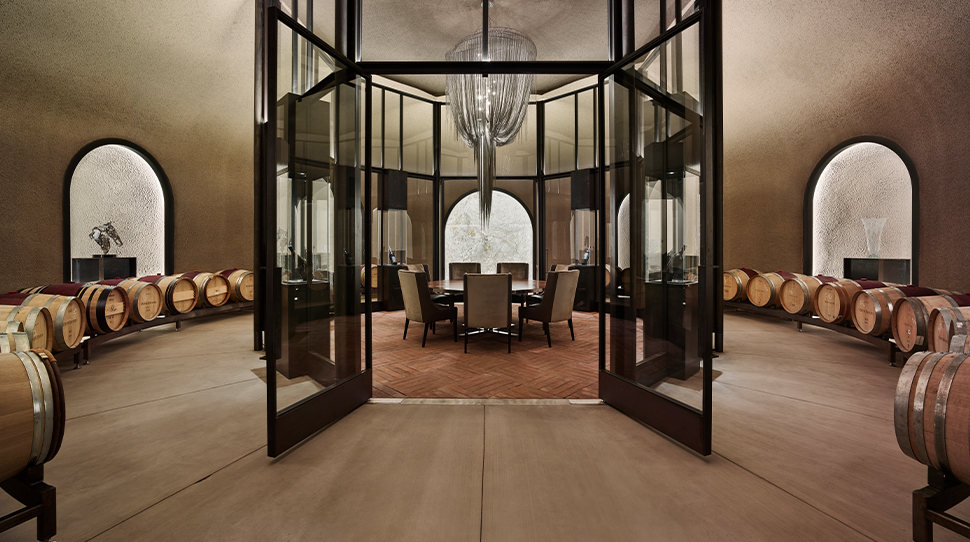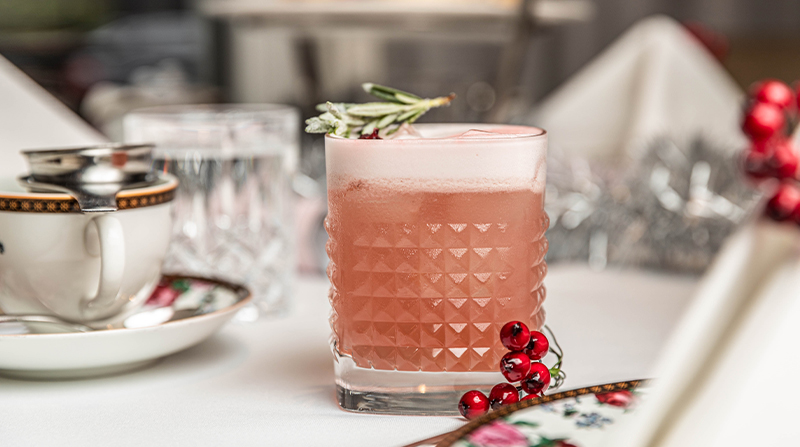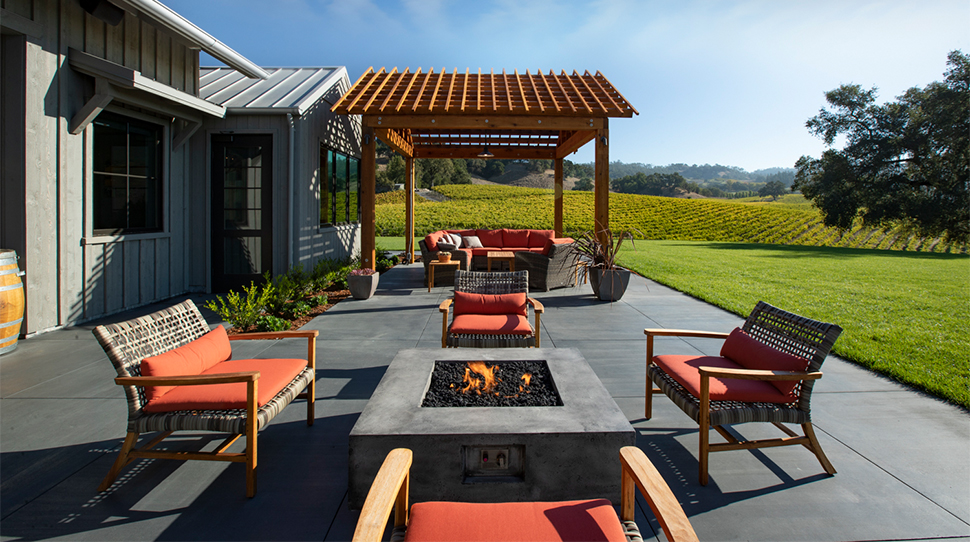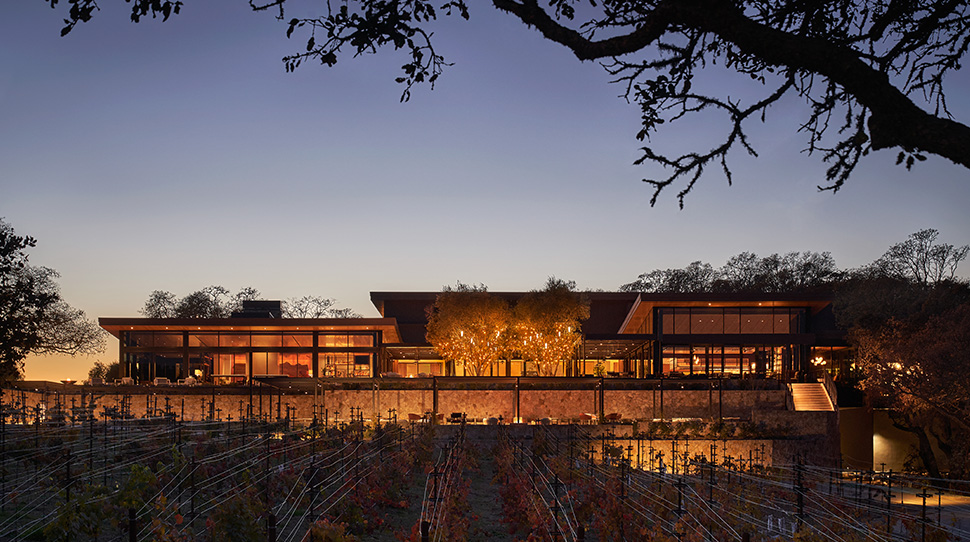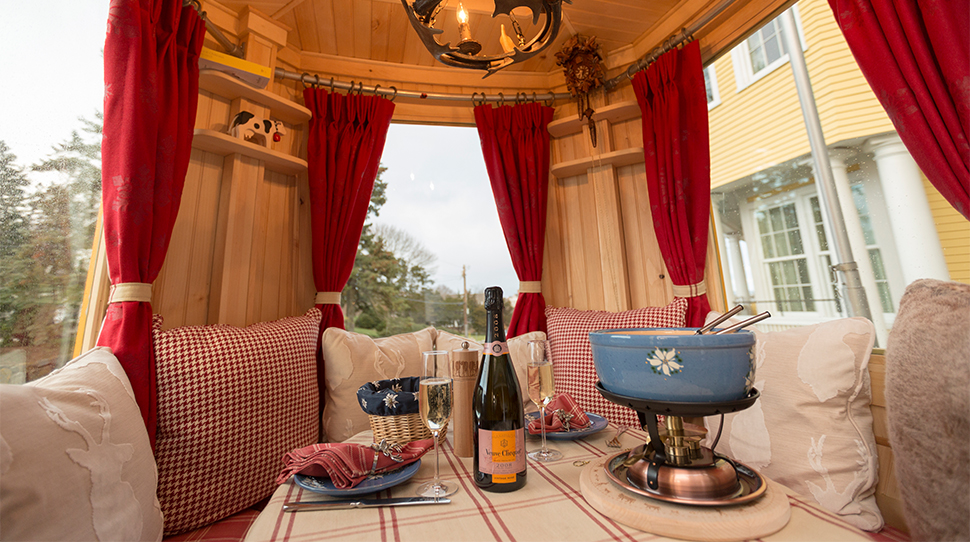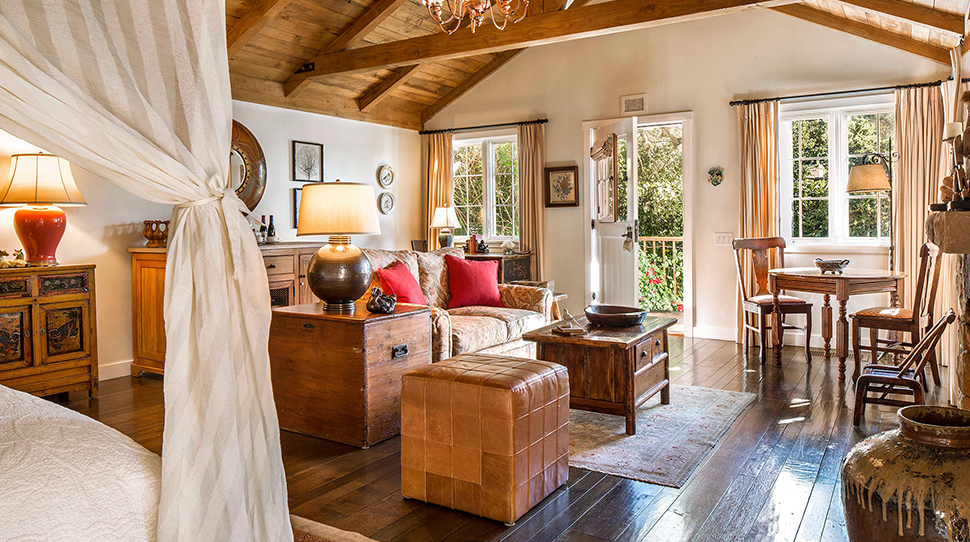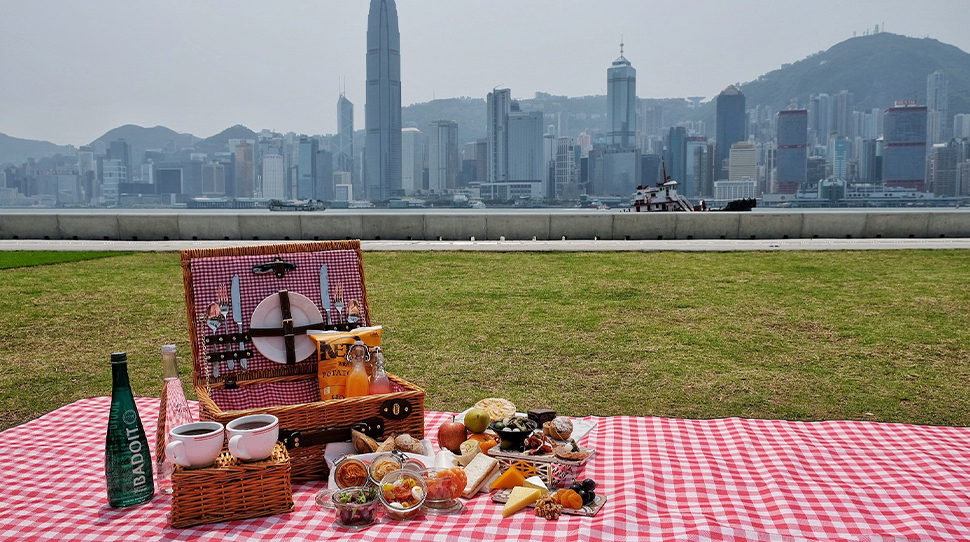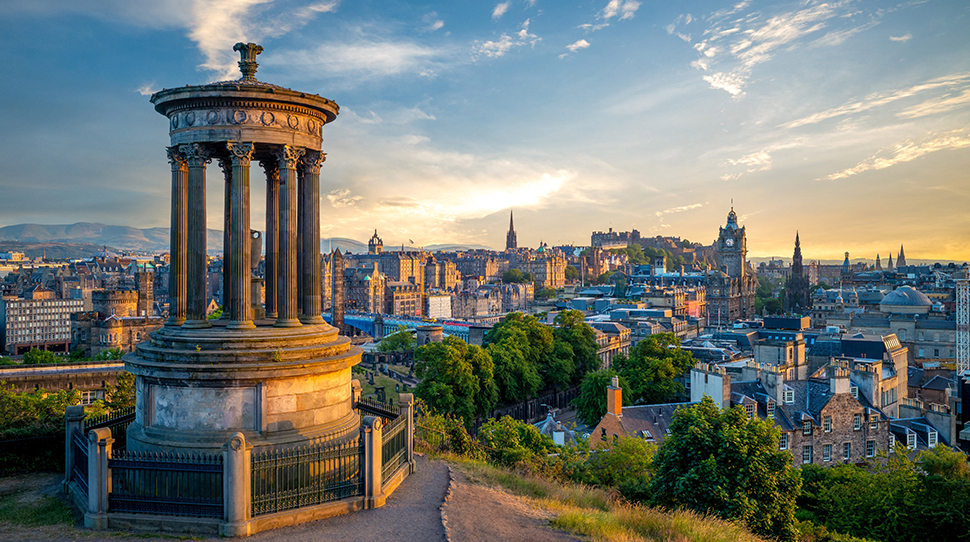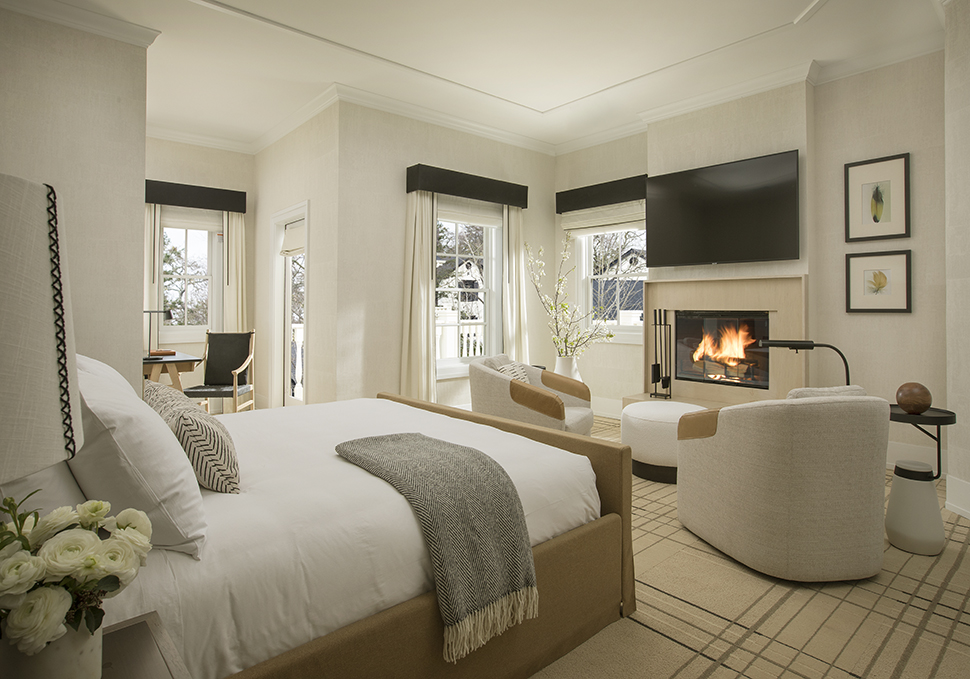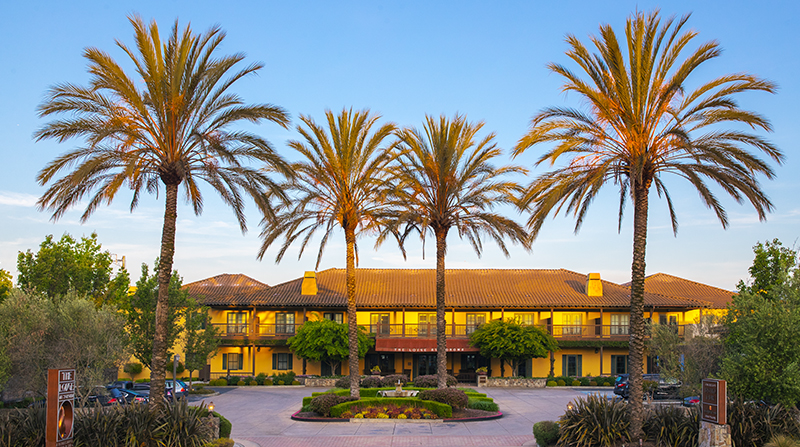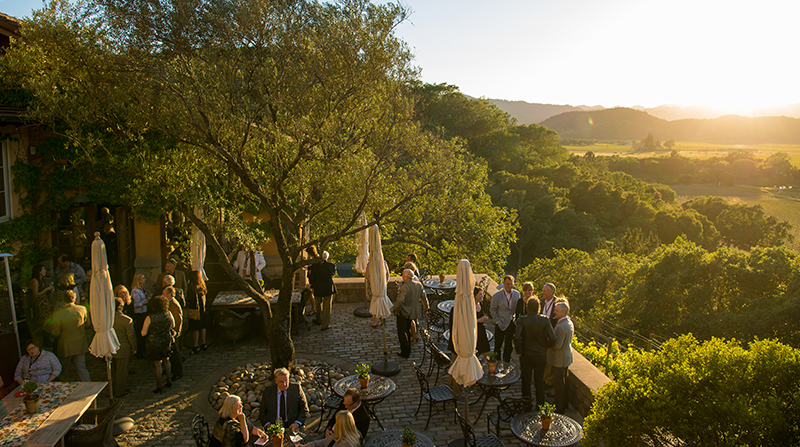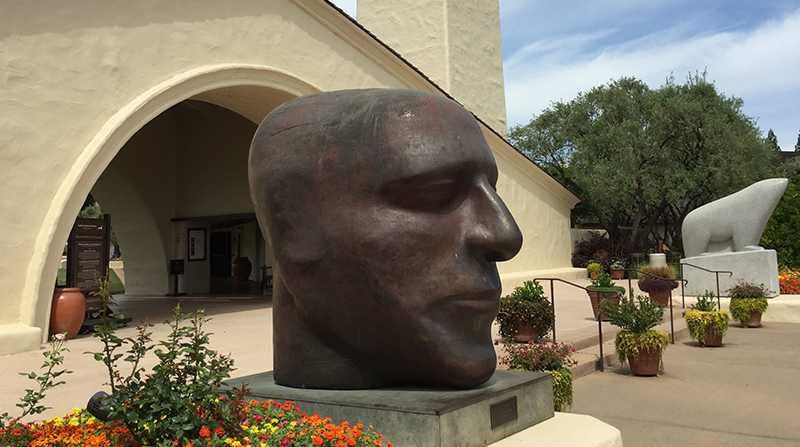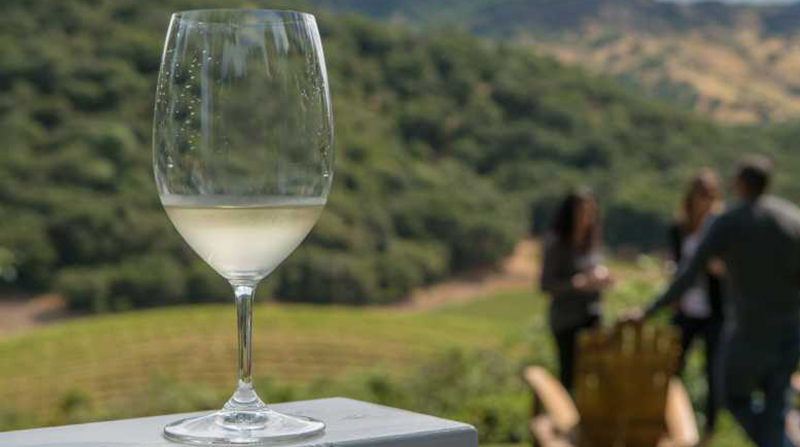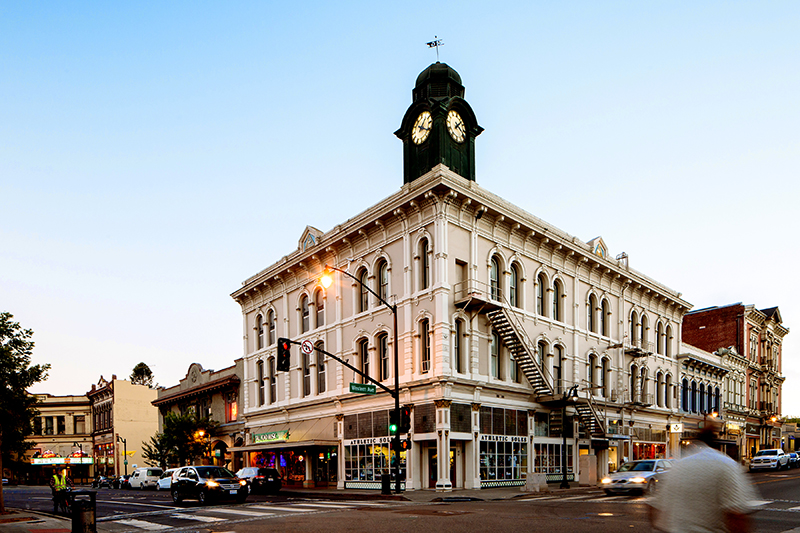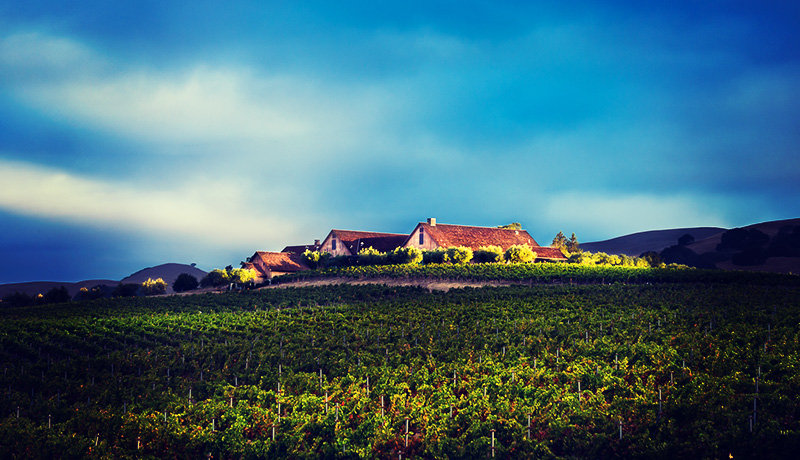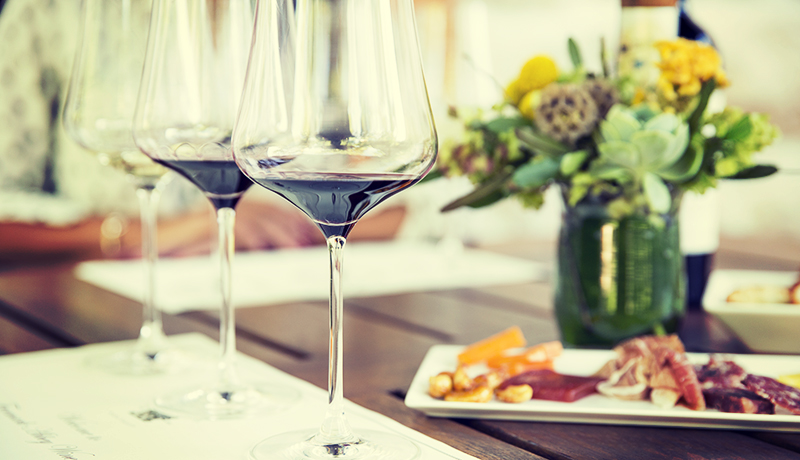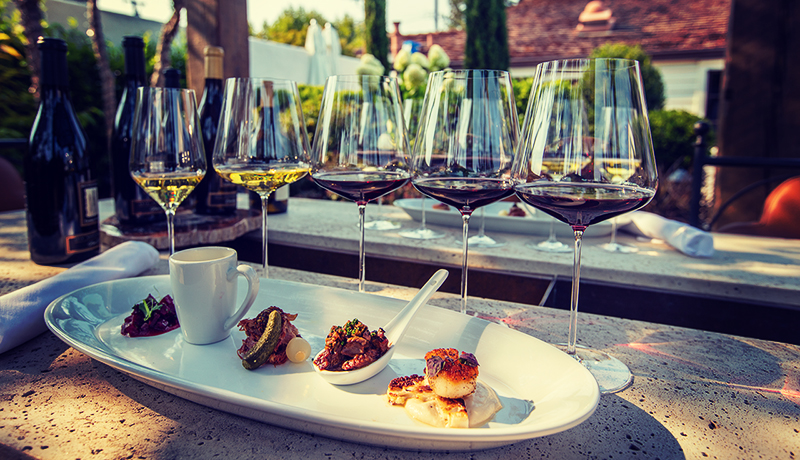Sonoma

The quieter sister to nearby Napa, Sonoma has plenty of top-notch wineries, luxurious inns and spas, and superlative dining, but without the crowds. The oldest town in the wine region, Sonoma was arranged around the eight-acre plaza like a traditional Mexican village because up until 1846, it was under Mexican rule. On June 14 of that year, a group of settlers rebelled in the so-called “Bear Flag Revolt,” and for a brief 25 days, Sonoma was declared the capital of California. The U.S. government then annexed California, ending Sonoma’s days as the seat of state government. Today, the history of the town is well preserved. City Hall, built in the heart of the plaza in the early 20th century, is still used, and the Franciscan mission San Francisco Solano, dating back to 1823, is open to the public. In addition to the history, Sonoma’s shops and restaurants are well worth the visit. And, of course, there are the famed wineries.
In the center of some of Northern California’s most esteemed winemaking appellations, including Alexander Valley, Dry Creek, Chalk Hill and Russian River Valley, is the thriving and charming wine town of Healdsburg, where palm trees and more than 100-year-old redwoods shade manicured grounds and benches in the town square. The town of Healdsburg is centrally located with access to more than 70 world-class wineries, from the grandest European-style villas to the more rustic, yet no less well-crafted mom-and-pop shops. Just outside of town is one of the most beautiful drives in Northern California — Dry Creek Road — home to many of the area’s wineries. Its windy turns provide a leisurely way to spend an afternoon as you hop from one tasting to the next.
In the center of some of Northern California’s most esteemed winemaking appellations, including Alexander Valley, Dry Creek, Chalk Hill and Russian River Valley, is the thriving and charming wine town of Healdsburg, where palm trees and more than 100-year-old redwoods shade manicured grounds and benches in the town square. The town of Healdsburg is centrally located with access to more than 70 world-class wineries, from the grandest European-style villas to the more rustic, yet no less well-crafted mom-and-pop shops. Just outside of town is one of the most beautiful drives in Northern California — Dry Creek Road — home to many of the area’s wineries. Its windy turns provide a leisurely way to spend an afternoon as you hop from one tasting to the next.
